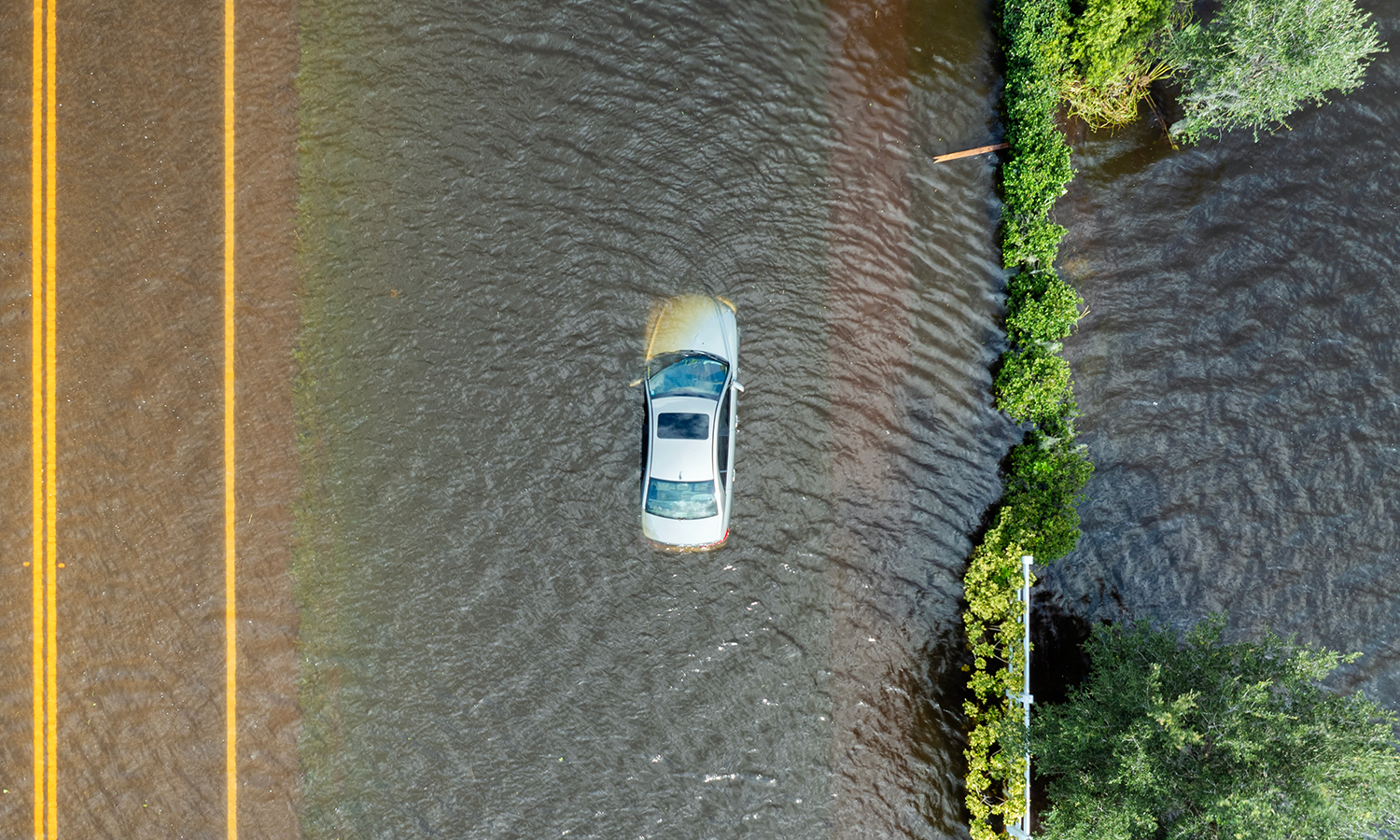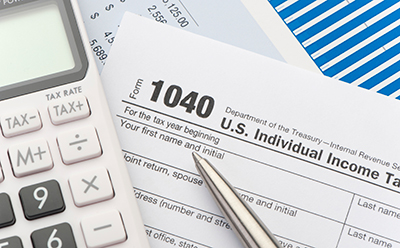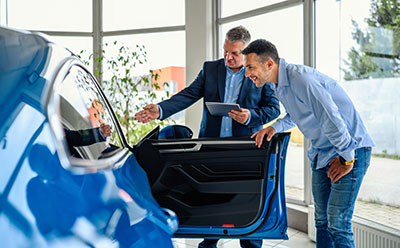Disaster Cars: Protecting Yourself from Hurricane and Flood Damaged Vehicles
Buying a car after natural disasters like the Fourth of July flooding in Kerrville could end up being the disaster after the disaster. If there’s one thing you can count on after a major flood or natural disaster, it’s that the used-car market will be flooded with water-damaged cars.

Edmunds.com estimates there may have been as many as 200,000 new-inventory vehicles that were underwater in storm-ravaged areas. These damaged cars can show up on car lots, days, weeks and even months after the disaster.
It’s no secret car buyers should be particularly wary about buying a new vehicle within few hundred miles of the storm. It should be “buyer beware” even if you are looking to buy a car thousands of miles away from the storm. According to AutoTrader.com, savvy sellers will move damaged vehicles to unaffected states, where they will sell the cars to unsuspecting buyers.
“After two very strong hurricanes and significant flooding, it is better to be safe than sorry when looking for a car, no matter where you live,” said Berenice Villarreal, senior vice president of consumer lending at RBFCU. “You can live across the country, nowhere near the flooding, and still be sold a car that was damaged several states away.”
The National Automobile Dealers Association posted this list of ten inspection tips to detect flood-damaged vehicles on their website, including
- Check a vehicle’s title history using the National Insurance Crime Bureau’s VinCheck, the National Motor Vehicle Title Information System or a commercially available vehicle history report service, such as Experian’s AutoCheck or CARFAX, etc. Reports may state whether a vehicle has been flood damaged.
- Examine the interior and the engine compartment for evidence of water and grit from suspected submersion.
- Check for recently shampooed carpeting.
- Look under the carpeting for water residue or stain marks from evaporated water not related to air-conditioning pan leaks.
- Inspect for interior rust and under the carpeting, and inspect upholstery and door panels for evidence of fading.
- Check under the dash for dried mud and residue, and note any mold or a musty odor in the upholstery, carpet or trunk.
- Check for rust on screws in the console and in other areas water would normally not reach unless the vehicle was submerged.
- Look for mud or grit in alternator crevices, behind wiring harnesses and around the small recesses of starter motors, power steering pumps and relays.
- Inspect electrical wiring for rusted components, water residue or suspicious corrosion.
- Inspect other components for rust or flaking metal not normally found in late model vehicles.
To protect our members, RBFCU will pay for a vehicle history report once a member has applied for an RBFCU loan and selected a vehicle.
“It just makes sense that we want our members to purchase a damage-free car. We want them to have peace of mind and know they have made a smart purchase,” explained Villarreal.
Protecting our members and their finances is what we do at RBFCU.



